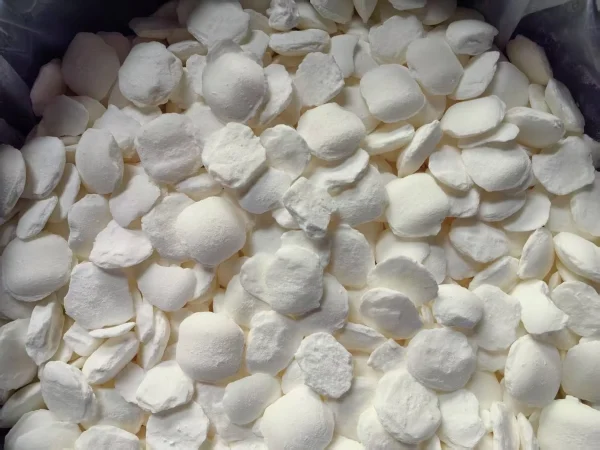
Sodium Cyanide (NaCN) is a chemical compound that has drawn significant attention due to its toxicity and industrial applications. Understanding its Physical properties is crucial for handling, storage, and safety considerations. Here are the main physical properties of Sodium cyanide:
Appearance: Sodium cyanide typically appears as white, crystalline granules, powder, or lumps. In its pure form, it has a clean, colorless appearance when in solution or as a clear crystal. However, commercial samples may sometimes appear slightly off - white due to impurities.
Odor: It has a faint, characteristic almond - like odor. But it's important to note that not everyone can detect this odor. The ability to smell cyanide compounds is genetically determined, with a significant portion of the population unable to perceive the odor. Additionally, in dry conditions, Sodium Cyanide is often odorless. The odor becomes more noticeable when it is exposed to moist air or water, as it then hydrolyzes to release hydrogen cyanide (HCN), which has the well - known almond smell.
Melting and Boiling Points: Sodium cyanide has a relatively high melting point of approximately 563.7 °C (1046.7 °F). This indicates strong ionic bonds within the compound. Its boiling point is around 1496 °C (2725 °F). These high melting and boiling points are typical of ionic compounds, where strong electrostatic forces of attraction exist between the sodium cations (Na⁺) and cyanide anions (CN⁻).
Density: The density of sodium cyanide is about 1.595 g/cm³. This density value helps in determining the amount of the substance in a given volume, which is important for industrial applications and handling procedures.
Solubility: Sodium cyanide is highly soluble in water. At 20 °C, approximately 48 grams of sodium cyanide can dissolve in 100 milliliters of water. As the temperature increases, its solubility also increases. For example, at 34.7 °C, about 82 grams can dissolve in 100 milliliters of water. It is also sparingly soluble in ethanol and soluble in other polar solvents like ammonia. In water, it dissociates into sodium ions (Na⁺) and cyanide ions (CN⁻), which are responsible for many of its chemical and toxicological properties.
Hygroscopicity: Sodium cyanide is hygroscopic, meaning it has a tendency to absorb moisture from the air. When it absorbs water, it can form hydrates. In some cases, this can lead to caking or clumping of the solid material if it is stored in a humid environment. This property also has implications for its storage, as it needs to be kept in a dry place to maintain its integrity and prevent unwanted reactions.
Refractive Index: The refractive index of sodium cyanide is approximately 1.452. The refractive index is a measure of how much light is bent when it passes through a substance. This property can be used in analytical techniques to identify and characterize sodium cyanide in certain situations, especially in combination with other physical and chemical properties.
In summary, sodium cyanide's physical properties, such as its appearance, odor, melting and boiling points, density, solubility, hygroscopicity, and refractive index, play important roles in its industrial uses and safety handling procedures. Given its extreme toxicity, knowledge of these properties is essential for those working with or around this compound.
- Random Content
- Hot content
- Hot review content
- Toxicity Assessment of Sodium Cyanide and Relevant Hazard Prevention Measures
- Lead nitrate 99%
- Industrial concentrated nitric acid 55%-68%
- Oxalic acid for mining 99.6%
- Colloidal emulsion explosive
- Dodecylbenzenesulfonic acid
- Triethanolamine(TEA)
- 1Discounted Sodium Cyanide (CAS: 143-33-9) for Mining - High Quality & Competitive Pricing
- 2Sodium Cyanide 98% CAS 143-33-9 gold dressing agent Essential for Mining and Chemical Industries
- 3Sodium Cyanide 98%+ CAS 143-33-9
- 4Anhydrous Oxalic acid 99.6% Industrial Grade
- 5Oxalic acid for mining 99.6%
- 6Soda Ash Dense / Light 99.2% Sodium Carbonate Washing Soda
- 7Reagent Grade/Industrial Grade Hydrochloric Acid min.31%
- 1Sodium Cyanide 98% CAS 143-33-9 gold dressing agent Essential for Mining and Chemical Industries
- 2High Quality 99% Purity of Cyanuric chloride ISO 9001:2005 REACH Verified Producer
- 3 High-Quality Sodium Cyanide for Leaching
- 4Powdery emulsion explosive
- 5Industry Grade Electron grade 98% Sulfuric Acid H2SO4 Sulphuric Acid Battery Acid Industrial Sulfuric Acid
- 6Colloidal emulsion explosive
- 7sodium hydrosulfide 70% flakes used Mining Industry


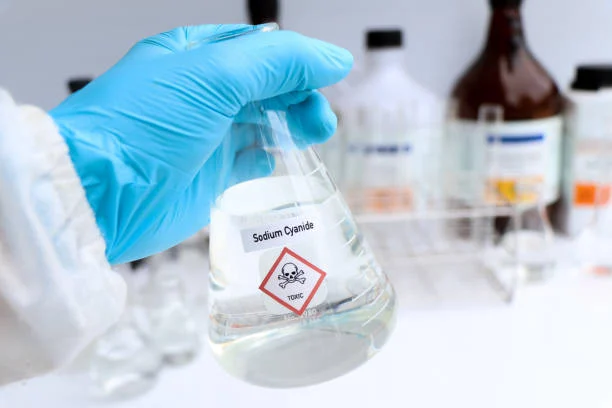
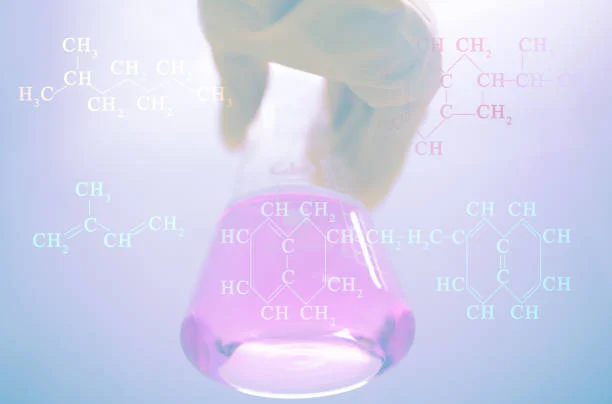

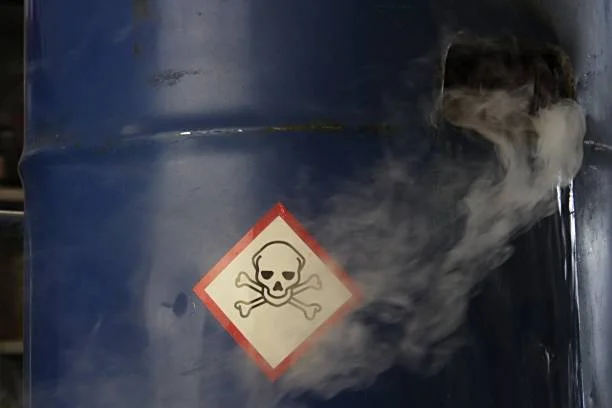
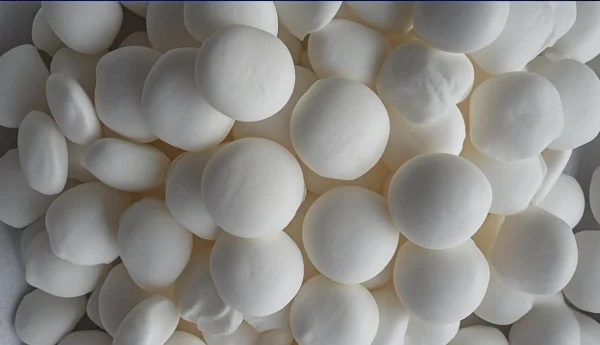
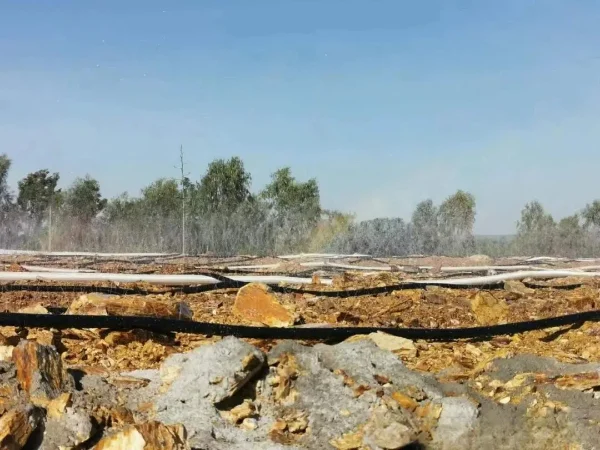



Online message consultation
Add comment: